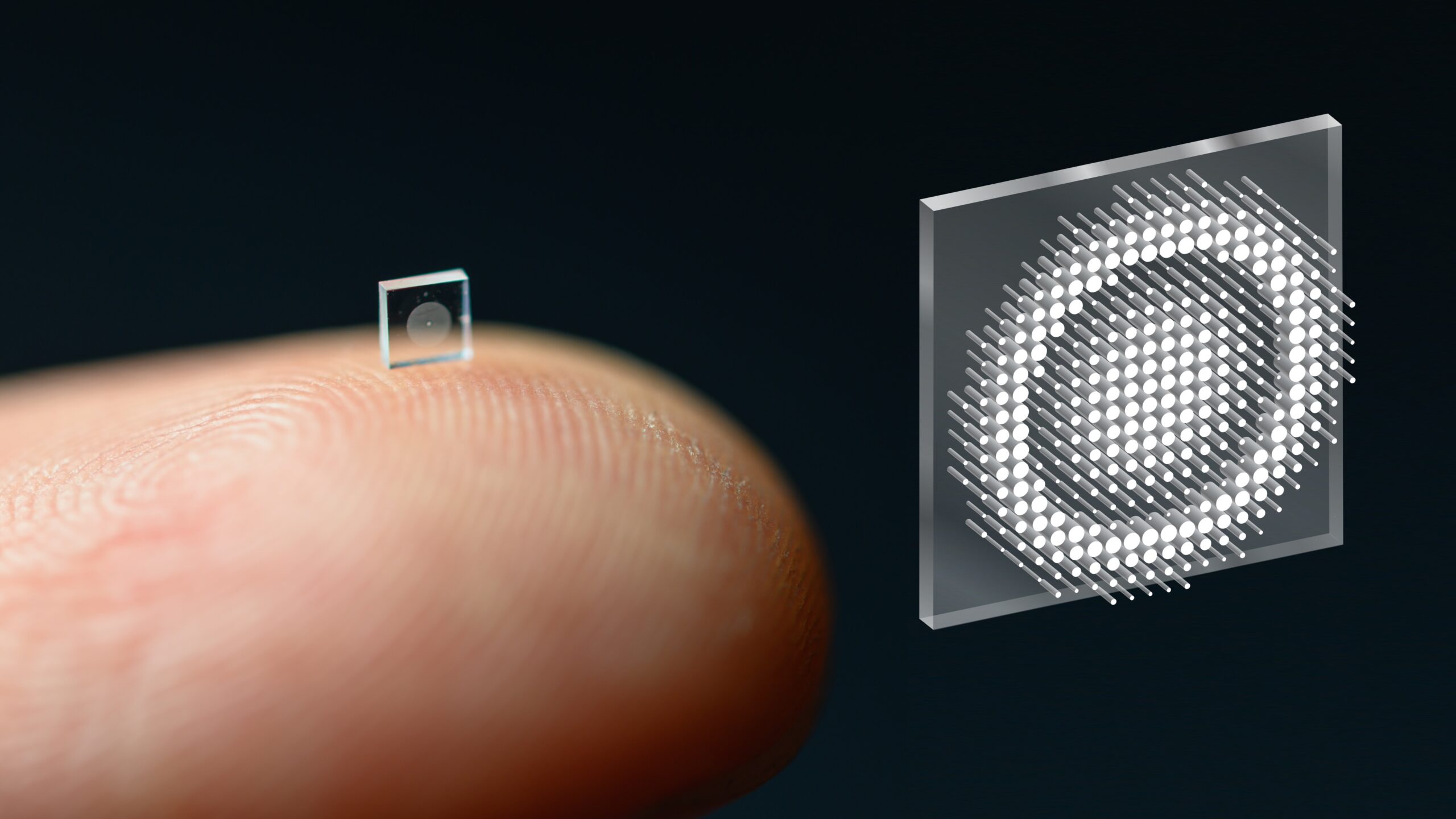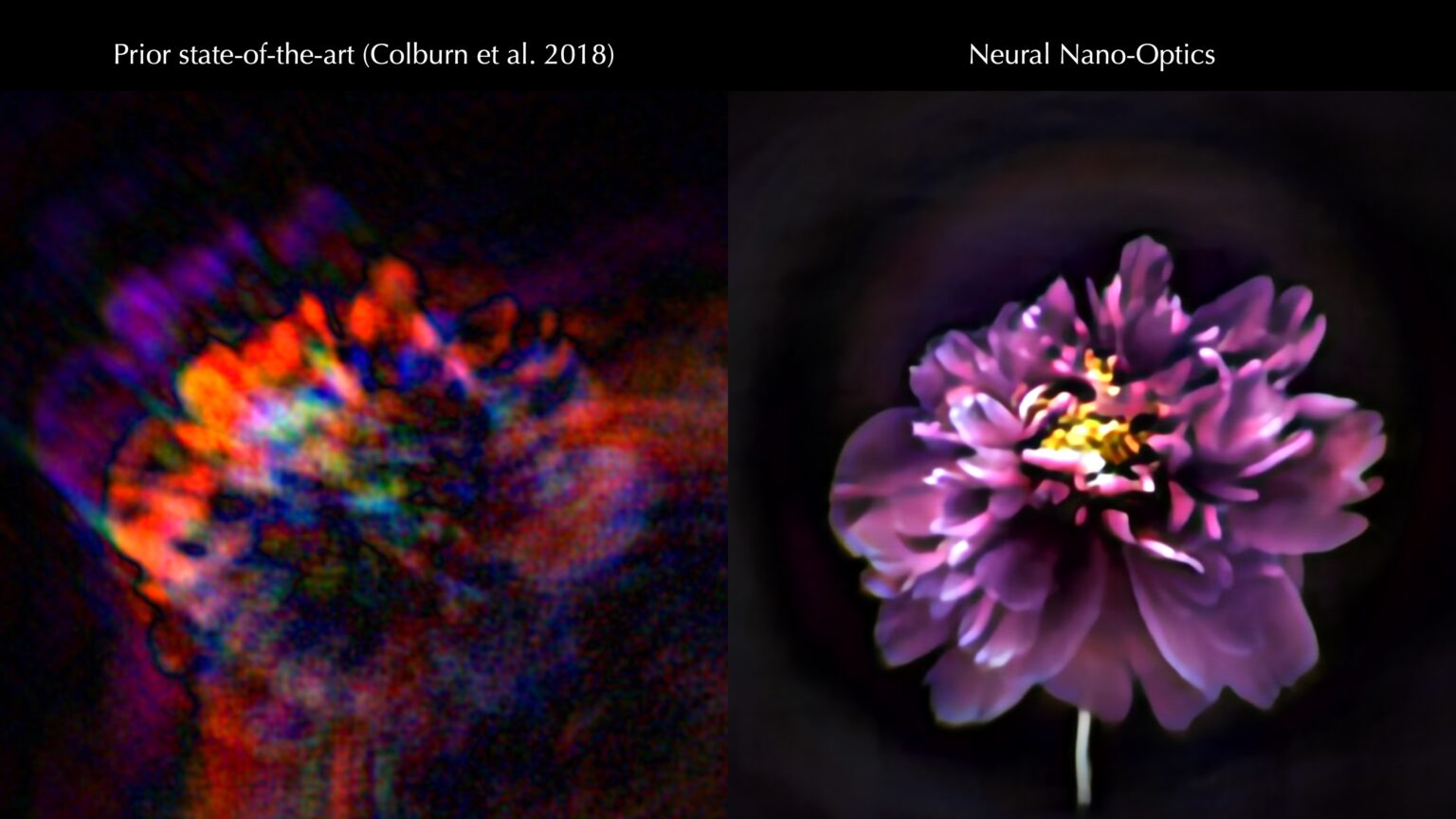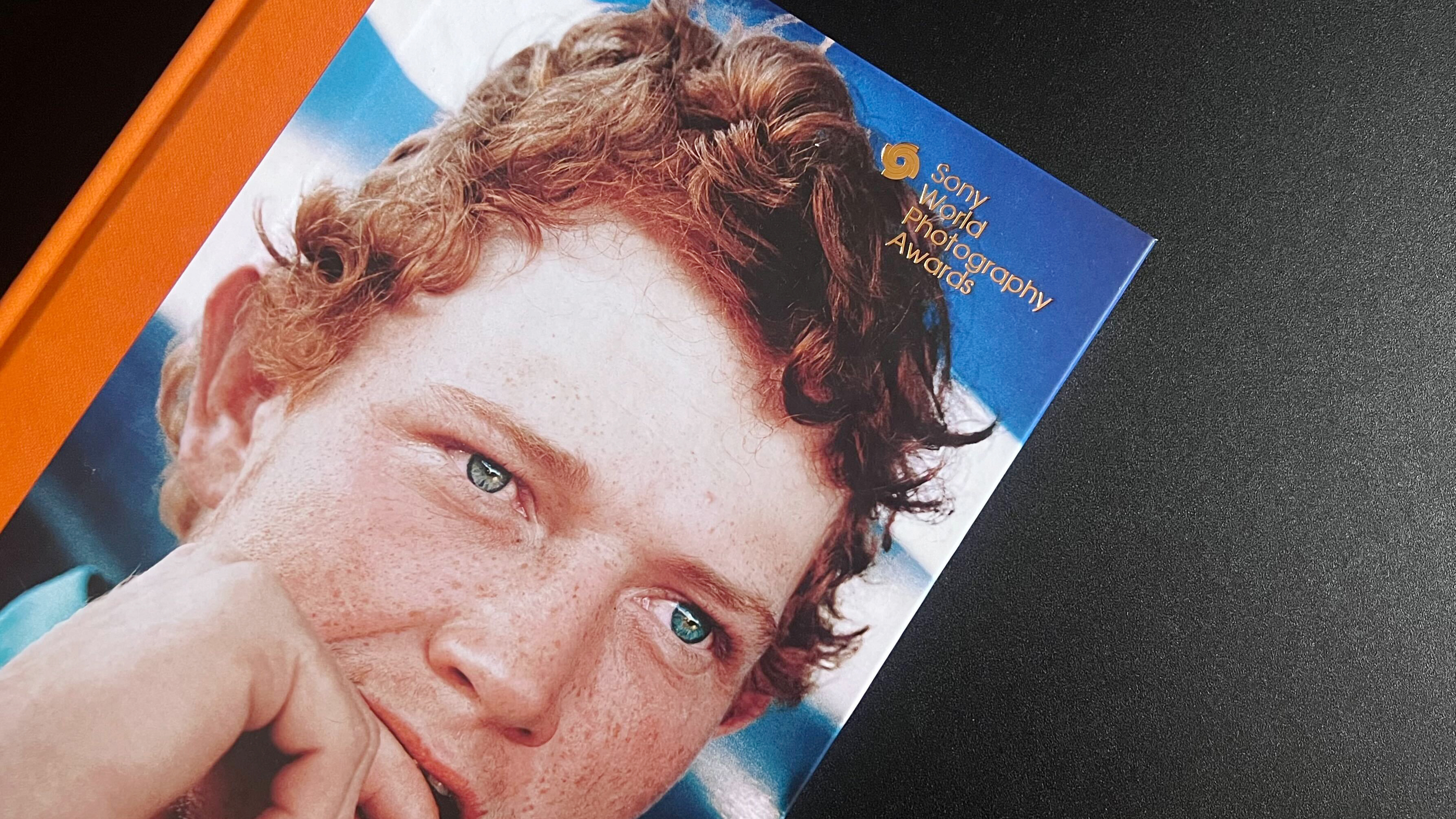This metasurface camera is the size of a grain of salt!
A tiny metasurface camera the size of a grain of salt has been developed at Princeton – and takes hi-res, full-color images

An ultra-compact metasurface camera, equivalent to the size of a coarse grain of salt, has been developed by researchers at Princeton University and the University of Washington. This creation could allow for small robots to sense close-proximity surroundings and potentially help doctors detect problems in the human body.
This metasurface camera has limitless potential, having overcome past problems whereby it captured distorted and fuzzy images with a limited field of view. Now the camera can produce crisp, full-color images on par with that of a conventional compound camera lens, 500,000 times larger in volume.
• The world's smallest camera is the size of a grain of sand
The camera system relies on what's called metasurface camera technology, studded with 1.6 million cylindrical posts, produced similarly to a computer chip. In a Nature Communications article, the researchers reported that this nano-optic imager (camera) "combines the widest field-of-view for full-color metasurface operation while simultaneously achieving the largest demonstrated aperture of 0.5 mm at an f-number of 2".

The researchers continue to elaborate that, "miniaturization of intensity sensors in recent decades has made today's cameras ubiquitous across many application domains… however, imagers that are an order of magnitude smaller could enable numerous novel applications in nano-robotics, vivo imaging, AR / VR [augmented and virtual reality], and health monitoring".
This development undoubtedly has a lot of people excited, and rightly so! Arrays of thousands of these ultra-compact cameras could potentially be used for full-scenery sensing, essentially turning surfaces into cameras. The coarse grain camera in question is just half of a millimeter wide, with the cylindrical posts each having a unique geometry and functions such as an optical antenna.
Each tiny post (all 1.6 million cylinders) have varying designs that come together to correctly shape the entire optical wavefront, interacting with light combining to produce the highest possible image quality that a micro-camera of this size is currently capable of.
Get the Digital Camera World Newsletter
The best camera deals, reviews, product advice, and unmissable photography news, direct to your inbox!
Aside from some slight blurring at the edges of the image, this camera is performing excellently in comparison to previous attempts and we should expect to see some phenomenal advancements with the application of this camera in modern science and technologies .
Read More:
Best microscopes
Best macro lenses
World's smallest camera is smaller than a pinhead

Beth kicked off her journalistic career as a staff writer here at Digital Camera World, but has since moved over to our sister site Creative Bloq, where she covers all things tech, gaming, photography, and 3D printing. With a degree in Music Journalism and a Master's degree in Photography, Beth knows a thing or two about cameras – and you'll most likely find her photographing local gigs under the alias Bethshootsbands. She also dabbles in cosplay photography, bringing comic book fantasies to life, and uses a Canon 5DS and Sony A7III as her go-to setup.
